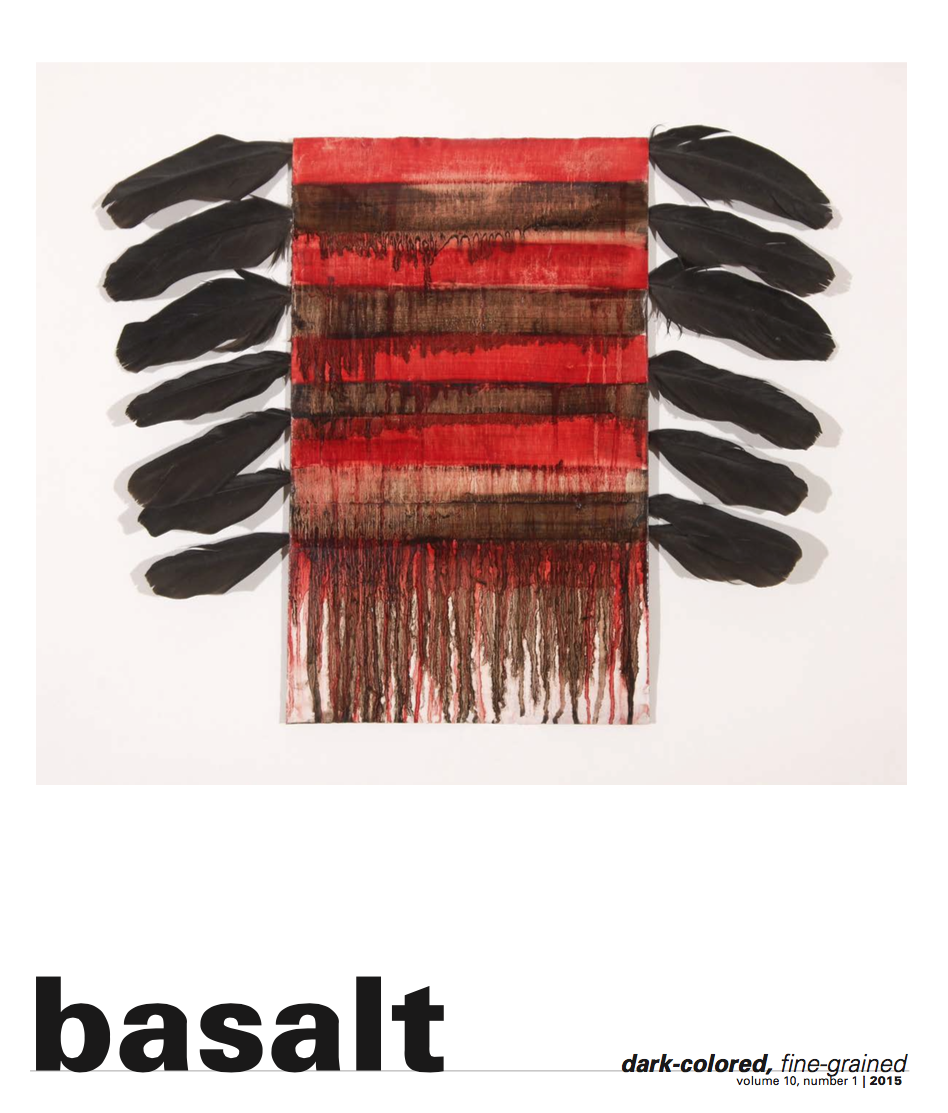The Empty Hand of the Wind
by Robert Stubblefield
Even as a student editor of a college literary magazine, perhaps particularly as a student editor of a college literary magazine, you are aware of those rare instances when a work lands on your desk that unequivocally belongs. And on that late winter afternoon in 1992 when I opened the envelope and read “Graves in Wheat: La Grande,” I knew that not only would it appear in Oregon East,but it would open Oregon East. I held it, that touchstone. I found myself walking into an ever-so-slightly-freshening breeze along slushy sidewalks repeating those lines aloud—“The empty hand of the wind / writes with a blunt pen.
The empty hand of the wind writes with a blunt pen etching on each stone its own dull name.
The words individually are nothing extraordinary, mostly one-syllable and none more than two, but collectively they take shape in a form that commands attention. In a rare moment of symmetry the reader is less alone, and that feeling that cannot be named or previously articulated becomes perfectly expressed and shared. Those four opening lines from Thomas Madden’s “Graves in Wheat: La Grande” evoke an emotion so specifically conjured that I wish to revisit it again and again to see shadows and panels of light shimmer, wave, shine, and fade. It’s one of a handful of poems that mean the most to me, and repeatedly calls me to the bookshelf, always present, as real, as concrete, and yet ever-changing as a prairie, a touchstone. If uncertain how to proceed, come back and start from here.
Many of the decisions I’ve made over the past twenty-six years I’ve had occasion to revisit or question, but knowing that I instantly and innately recognized the quality and durability of those lines provides solace and leaves me confident that I was at times capable of exercising sound judgment, that one good decision can eventually lead to another.
“Graves in Wheat: La Grande” was a gift, a poem that Tom could have published almost anywhere, yet chose to bestow upon Oregon East, piloted right there to Hoke Center at Eastern Oregon University. As a student in his classroom, I’d been the beneficiary of Tom’s generous wisdom, humility, and grace. It’s perhaps not so odd at all, how we steal gestures, copy phrases or movements from those we admire. My teaching style, if such a thing exits, is nothing more than an amalgamation and approximation of those I’ve studied under and with, and a great deal of it comes directly from Tom. I recall him entering the classroom, striding to the front of the room and the lectern, and reaching into his shirt pocket beneath his sweater for a pen to take attendance. The general murmur quieted, and like a seasoned front man providing the three-count, Tom commanded our attention and class began in earnest.
Tom effectively laid out the subtleties of reading Mary Shelly’s Frankenstein through Mary-Lowe Evans’ essay “Reading with a ‘Nice Eye”: Responding to Frankenstein.” Without condescension Tom helped a classroom of students from ranch, wheat, and lumber towns to discern that “nicer” in this case did not mean benevolent, but harbored a deeper, perhaps even archaic, foundational connotation of fastidious and scrupulous. For one afternoon, Tom transformed our classroom into a group of semi-astute reader-response critics.
This Dialect of Grass demonstrates that examination of the world with a “nicer eye.” Individually and collectively these poems illustrate and detail a world simultaneously larger, yet more complexly and intimately connected than previously imagined. In “Digging Potatoes” Tom writes,
I see them stooping or kneeling out there in the cold rain, prospecting the thin mud.
An infinite amount of material to mine, and here Tom applies that powerful and fine lens to cast the familiar in sharp, accurate, and evocative relief.
These poems effortlessly traverse wildness and domesticity, move from Ireland to Illinois, to Montana across the inland Northwest to the Pacific edge of the continent, capture and convey ocean spray, freshly hung laundry, footprints on a sidewalk, desiccating and knifing winds, thunderstorms, and “ribs of basalt.”
What we love and hold close and dear is ephemeral, but time is a fabrication.
One hundred years and more gone, whorls so crisp I could have cut them just now with a new blade fresh-honed, the handle barely warm in my hand. So ends “Cabin Ruins: Whiskey Creek.
Earlier I copped to stealing a gesture from Tom, but that isn’t really true, because Tom Madden’s wisdom, time, and attention was freely given. I recall reading “Winter Solstice, 2015” in volume 11 of basalt and how it again brought forth that quiet awe, that rapt attention and anticipation Thomas Madden’s work elicits. A new poem from Tom was always a gift.
And now This Dialect of Grass. Here it is to visit and revisit, to position in a place of honor on my bookshelf, to carry from Montana to Oregon and back again, tracking that journey Tom made so many times, again and always a most excellent companion.
Missoula, Montana November 2018
Robert Stubblefield, a graduate of Eastern Oregon University, has published fiction and personal essays in Dreamers and Desperadoes: Contemporary Short Fiction of the American West, Best Stories of the American West, Hayden’s Ferry Review, Left Bank, The Clackamas Literary Review, Cascadia Times, Oregon Humanities, Oregon Salmon: Essays on the State of the Fish at the Turn of the Millennium, Open Spaces, basalt, Talking River Review, and High Desert Journal among others. His most recent essay, “Wrecks and Shells,” appears in the current issue of Southern Humanities Review. Robert grew up on a ranch in Eastern Oregon and now lives in Missoula, Montana, where he and teaches at the University of Montana.
“The Empty Hand of the Wind” is the foreword to This Dialect of Wind, a posthumous collections of poems by Thomas Madden, published by basalt press in February 2019.
